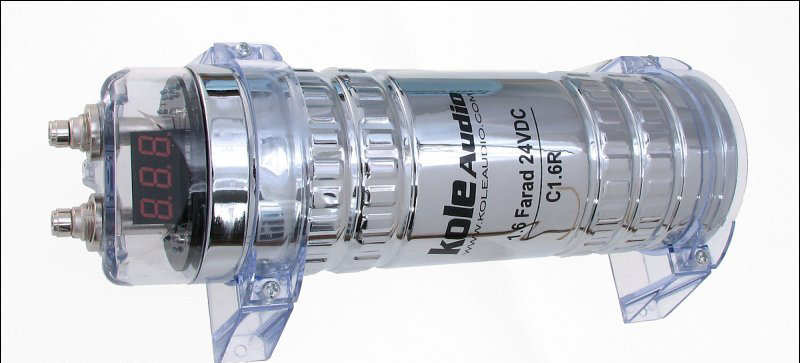A capacitor is an electronic component set within a circuit to hold and store electric charges. The larger the capacitor, the bigger amount of electric charge it can store. The amount of capacity, also called as ‘capacitance,’ can be measured in Farads. When a capacitor malfunctions, unfavorable effects can immediately occur. In order to prevent capacitor malfunction in the future, one must know how to conduct tests.

Prepare What You Need
- Insulated gloves
- 2 rubber insulated alligator clamps
- Digital capacitance meter
- 1 resistor (5-50 ohms larger than the capacitor)
Directions
- Put on your insulated gloves for protection.
- Join one end of the resistor and one of the two terminals of the capacitor by using the one of the alligator clamps. Ensure that you won’t touch both capacitor terminals with the alligator clamps.
- Do the same to the other end of the resistor to the remaining capacitor terminal. You have to remember that you must hold only the rubber part of the alligator clamp and not the metallic part.
- Wait for 30 seconds before performing the next step. This time allowance allows capacitor to be drained of its remaining electric charge.
- Know the capacitance rating of your capacitor and set your digital capacitance meter to one setting higher than the actual rating.
- Touch the positive digital capacitance meter (red-colored lead) to the positive terminal on the capacitor. This is step is for polarized capacitors only. However, if you know that your capacitor is not polarized, touch the red-colored lead to either of the two terminals.
- Touch the negative digital capacitance meter (black-colored lead) to the negative terminal on the capacitor. Again, this is if your capacitor is polarized. However, you can touch either of the two terminals on the capacitor with the black lead if your capacitor is not polarized.
- Read the indicated measure in the monitor of your digital capacitance meter. If it reads just as the same with the measurement printed in the capacitor, then it’s functioning well. If it indicates a 5% difference, know that your capacitor is malfunctioning, and that it is time to change it.
